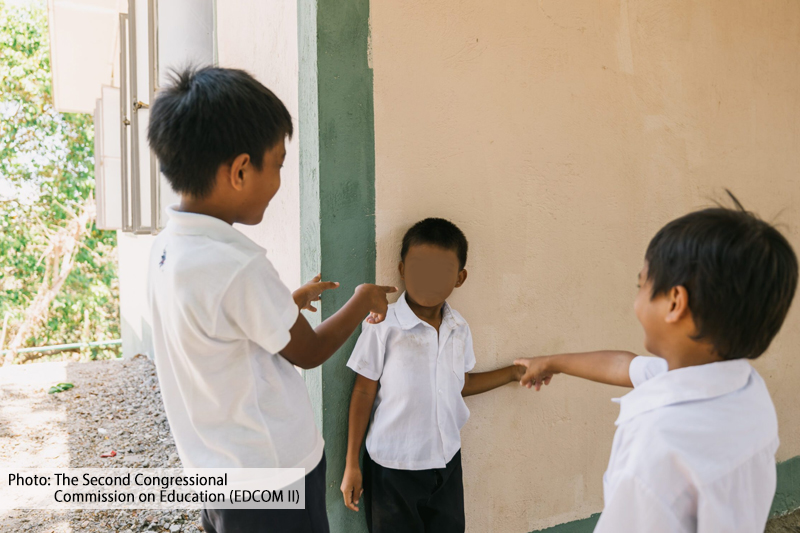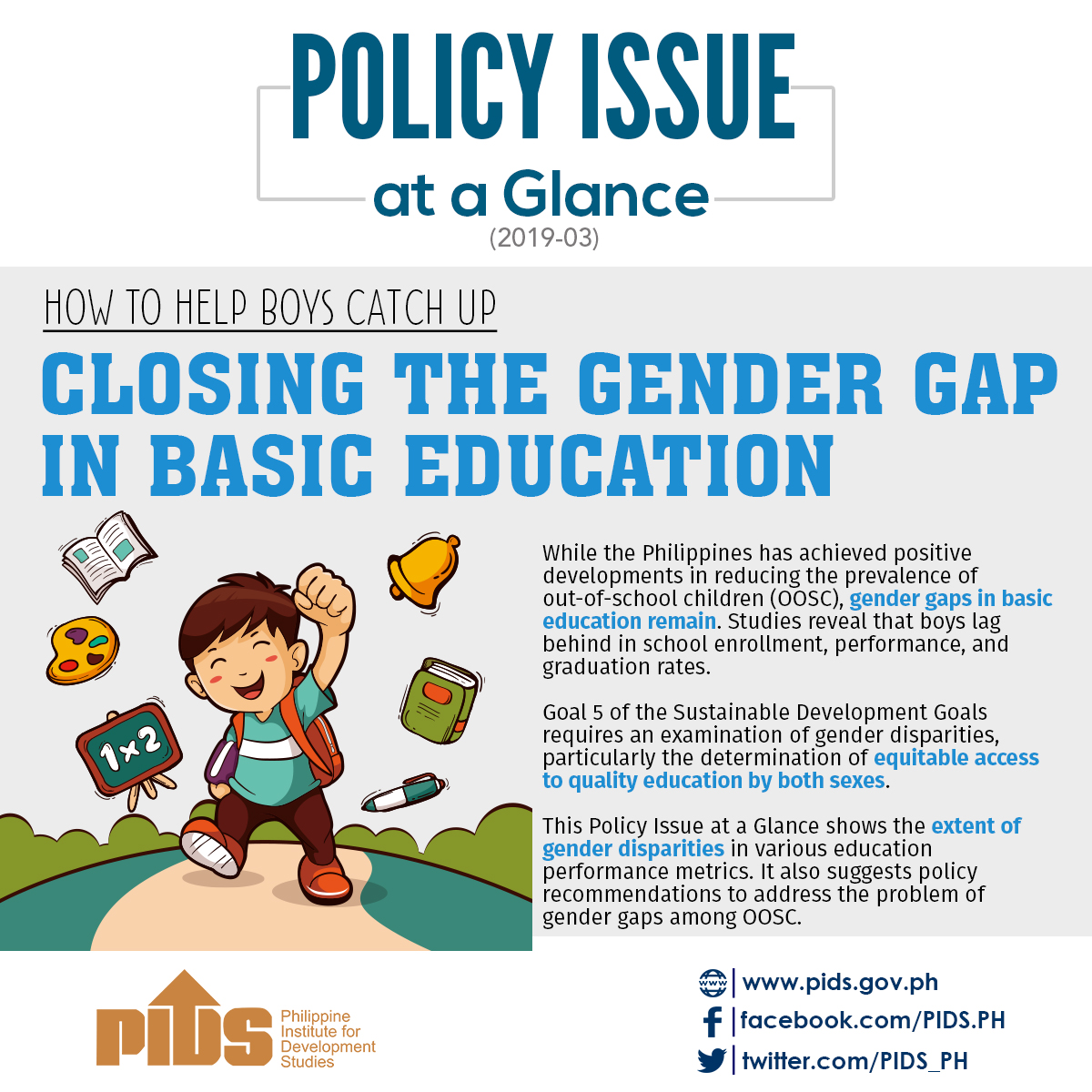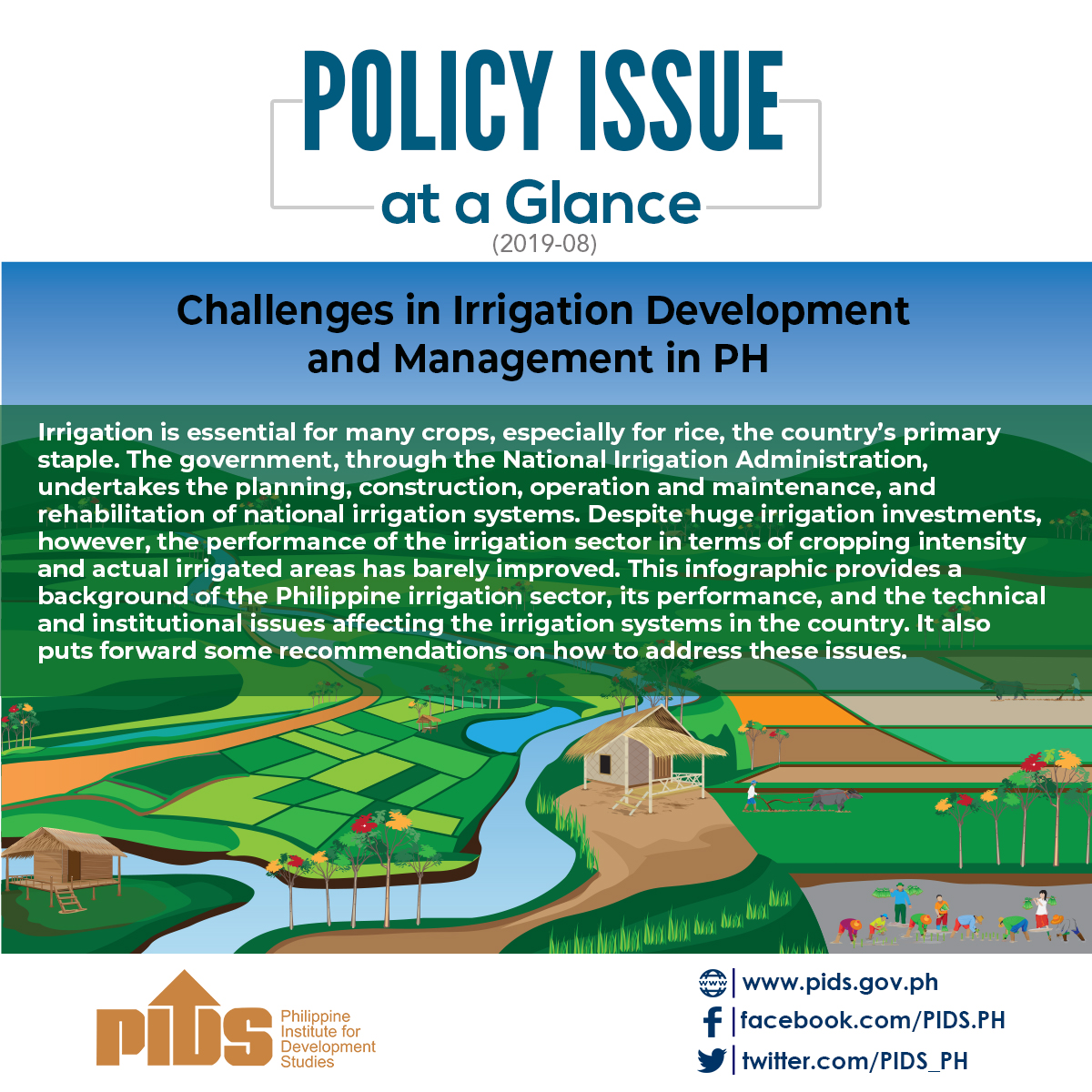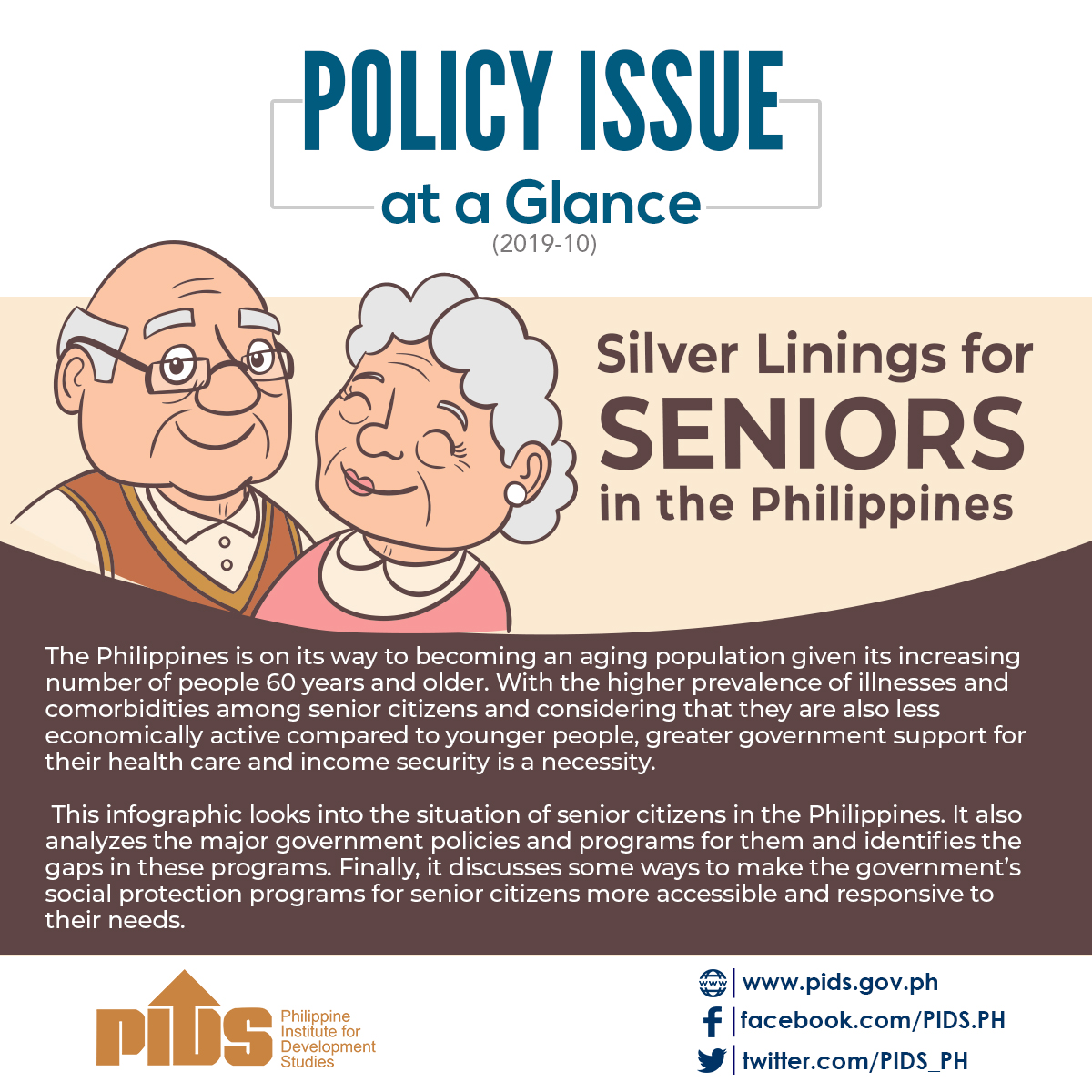Experts from the Philippine Institute for Development Studies (PIDS) are concerned that the country is losing its leadership position as one of the world’s most gender-equal countries in the world.
In a news statement issued on Monday, PIDS President Celia M. Reyes said the country must step up its efforts in gender equality by introducing improvements in leadership, labor-force participation and wage.
“While the country has actually maintained its top spot in Asia, we had gone down to the 10th place, despite the increase in the absolute score. This is something we need to focus on not because we have retrogressed, but because other countries are also doing a lot more in terms of making sure they have gender equality,” Reyes said.
Based on the latest Global Gender Gap Report of the World Economic Forum during “Making Change Work for Women: A Policy Dialogue” organized by the PIDS, Reyes said the Philippines has slid from seventh place in 2016 to the 10th spot last year.
A total of 145 countries were ranked based on four categories, namely, labor-force participation, educational attainment, health and survival, and political empowerment.
In leadership, for instance, Dr. Clarissa David, a professor at the UP College of Mass Communication, explained that 60 percent of female employees constitute the first and second levels in the government.
However, this figure, she said, diminishes to 30 percent or less in terms of women representation in high-level appointive and elective offices.
David also shared women leaders in both the Senate and the House of Representatives are typecast in handling committees, such as cultural communities, women and gender equality, health, nutrition, education and family planning, among others.
In terms of labor-force participation, PIDS Senior Research Fellow Dr. Jose Ramon Albert noted that the lower labor-force participation among women is noticeable across all member-states of the Asean, and even in many countries across Asia and the Pacific. He said men outnumber women by a large majority in work as laborers, farmers, trade and unskilled workers.
Albert also said that in the Philippines, women tend to have a bigger share of vulnerable employment than men. According to recent data, about 7 in 20 men are in vulnerable employment compared to 8 in 20 for women.
Those in vulnerable employment, he added, are less likely to have formal work arrangements, and are therefore more likely to lack decent working conditions, adequate social security and voice.
“Vulnerable employment is often characterized by inadequate earnings, low productivity and difficult conditions of work that undermine workers’ fundamental rights,” Albert said.
Meanwhile, Maria Kristine Josefina Balmes, deputy director for operations of the Philippine Commission on Women, discussed issues that hamper the passage of women-related laws in the country.
She said the existence of prevailing culture in both legislators and pressure groups like faith-based organizations and the church are usually the deciding factor in the passage of a specific bill.
One of Balmes’s observations is that the majority of legislators are men and they usually bring in their conservative, patriarchal and chauvinistic stance in the discussion of women-related bills.
To address these challenges, Balmes emphasized the need to inform and engage women as stakeholders in government programs and services, as well as to create and facilitate platforms to discuss good practices, gaps, challenges and commitments in pursuing gender and development in order to strengthen the implementation of the Magna Carta of Women.
Apart from these, the 2017 National Demographic and Health Survey (NDHS) revealed that there were around 11,558 married women aged 15 to 49 years old who were abused.
This was a 5.43-percent increase from the 10,963 women who were abused based on the 2003 round of the NDHS.
One in 5, or 20 percent of these women experienced emotional violence, while 14 percent experienced physical violence, and 5 percent experienced sexual violence by their current or most recent husband or partner.
“As observed, the percentage of women who have experienced violence in physical, sexual and/or emotional form from their husband declines slightly with women’s age,” the Philippine Statistics Authority added.
The NDHS data also showed women who are separated or widowed are more likely to have experienced all forms of violence by their most recent partner, compared with women who are married or living together.
Around 53 percent of separated or widowed women have experienced physical, sexual or emotional violence, compared with 24 percent of women who are married or living together.
It is also worth noting that women belonging to the second wealth quintile, which is the second-poorest group in the population, reported the highest incidence of physical abuse at 25.6 percent.












